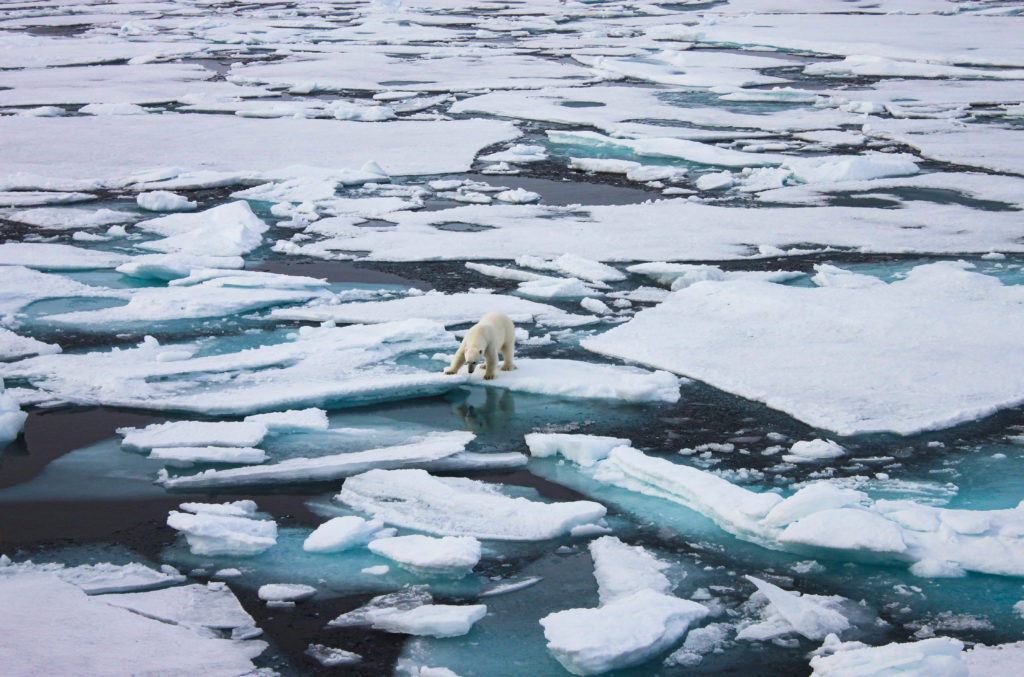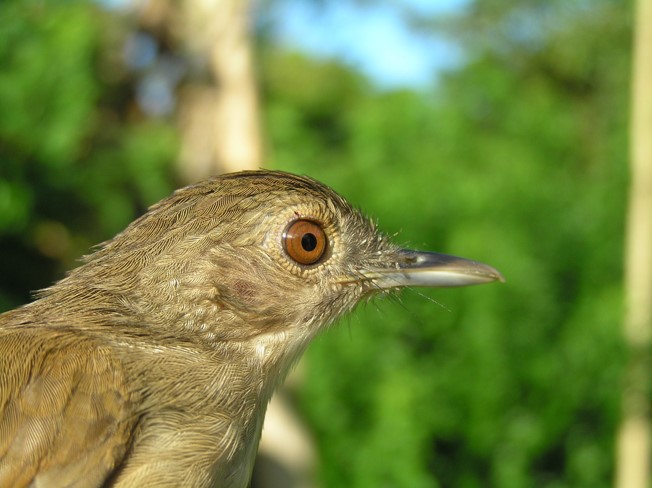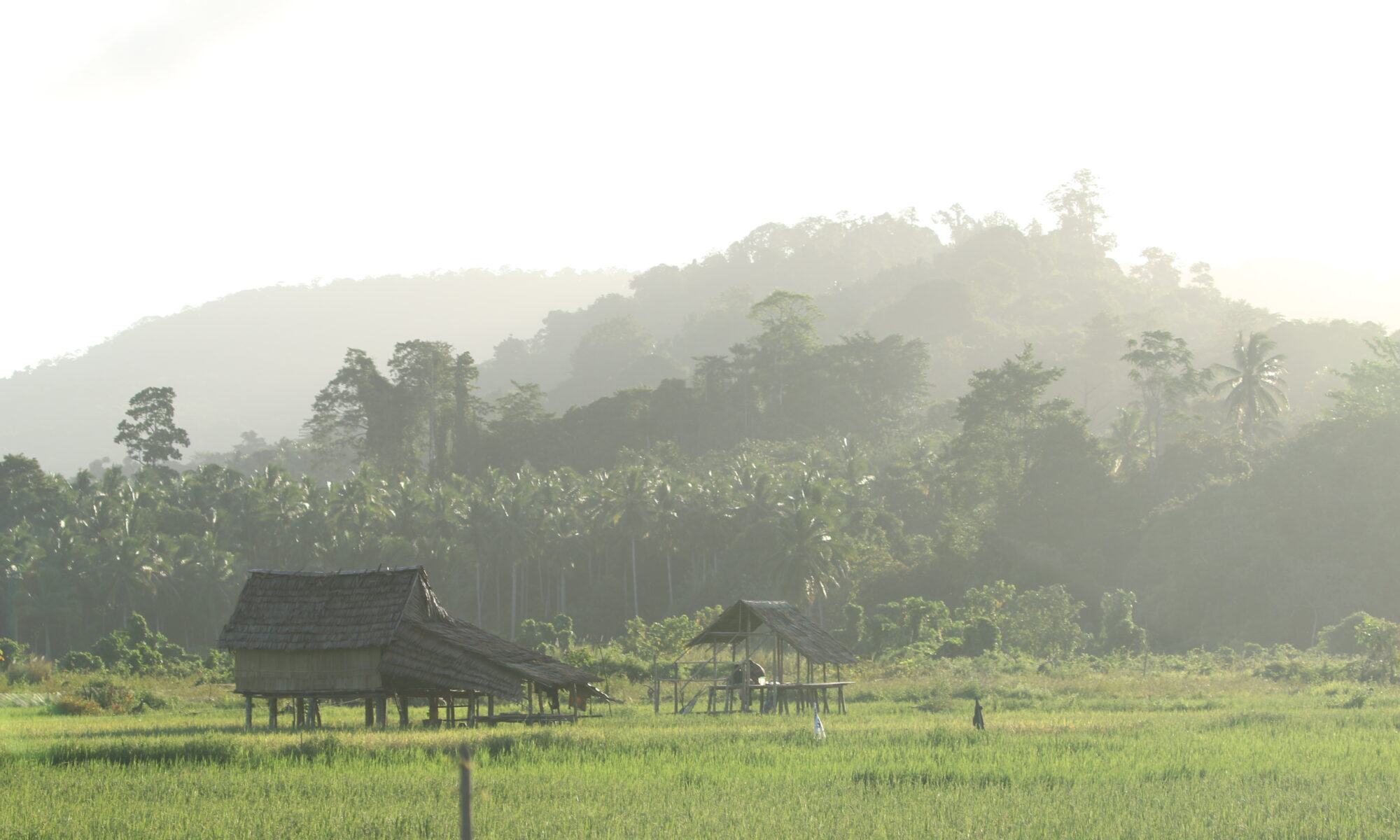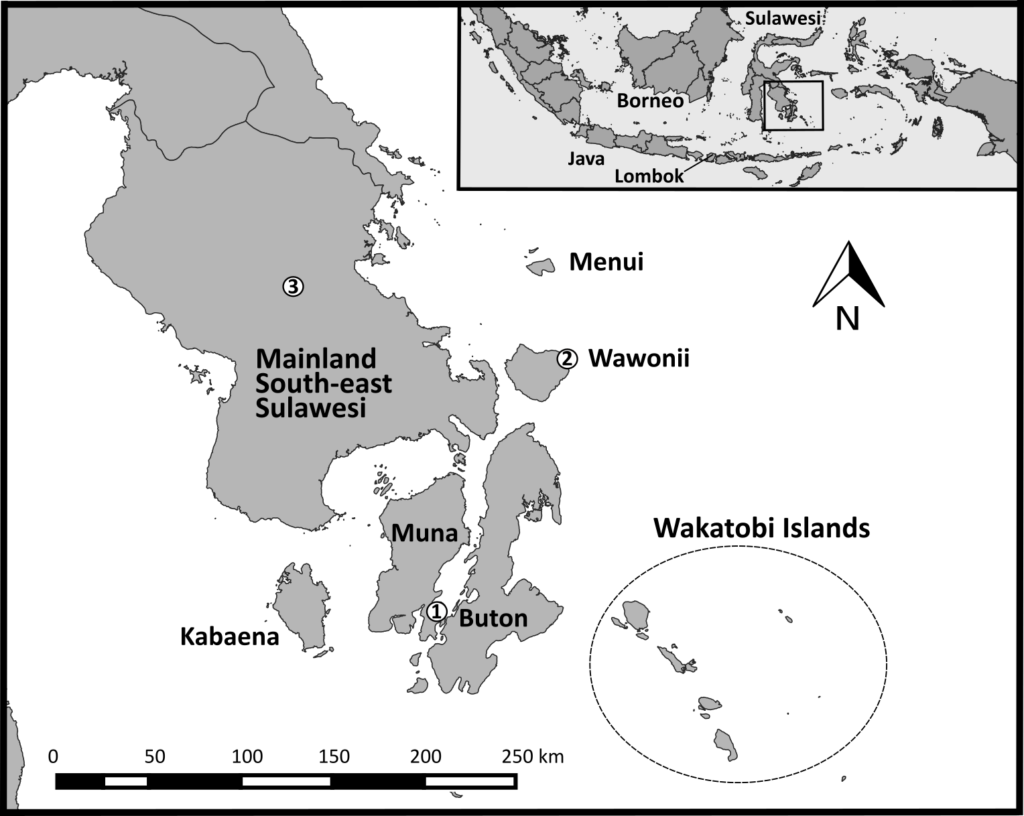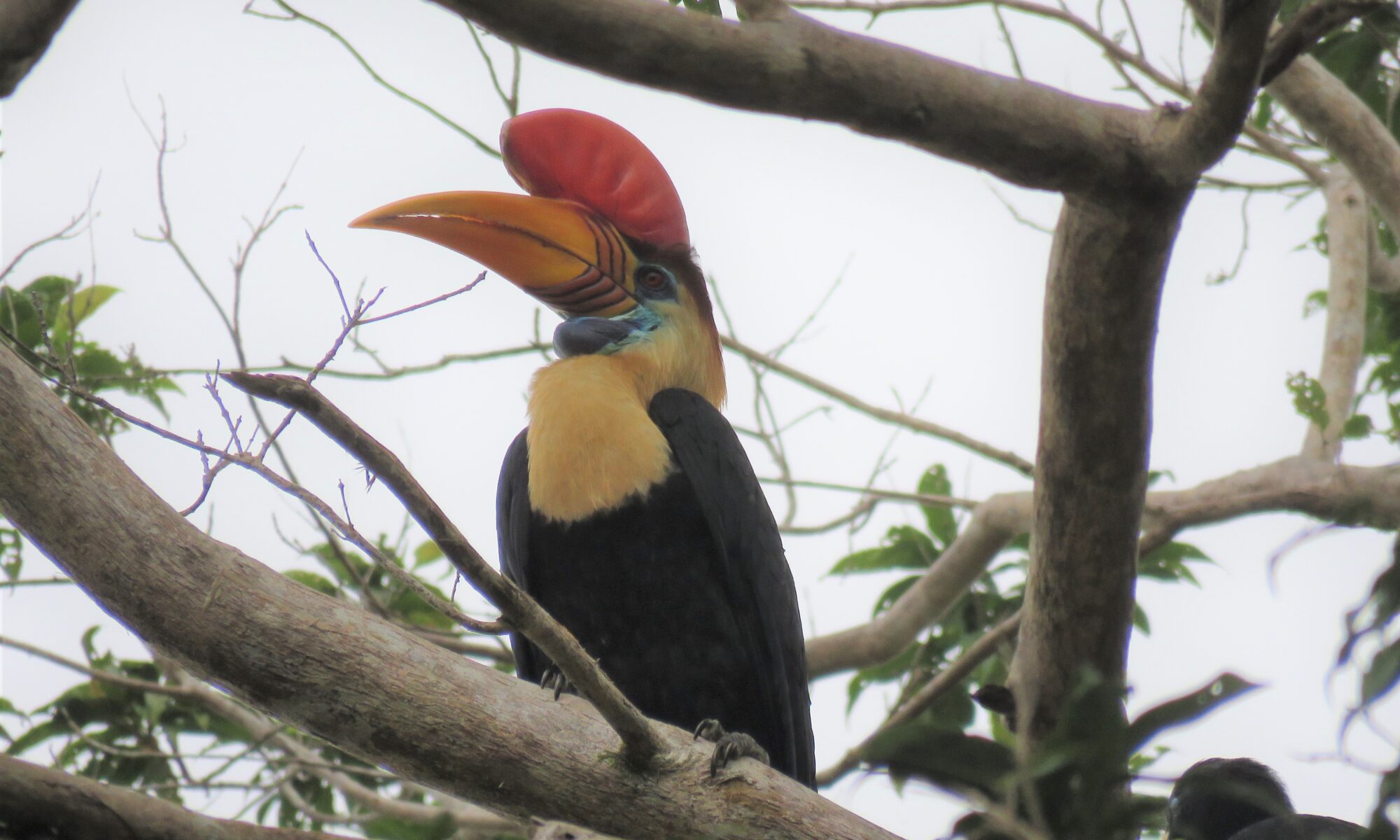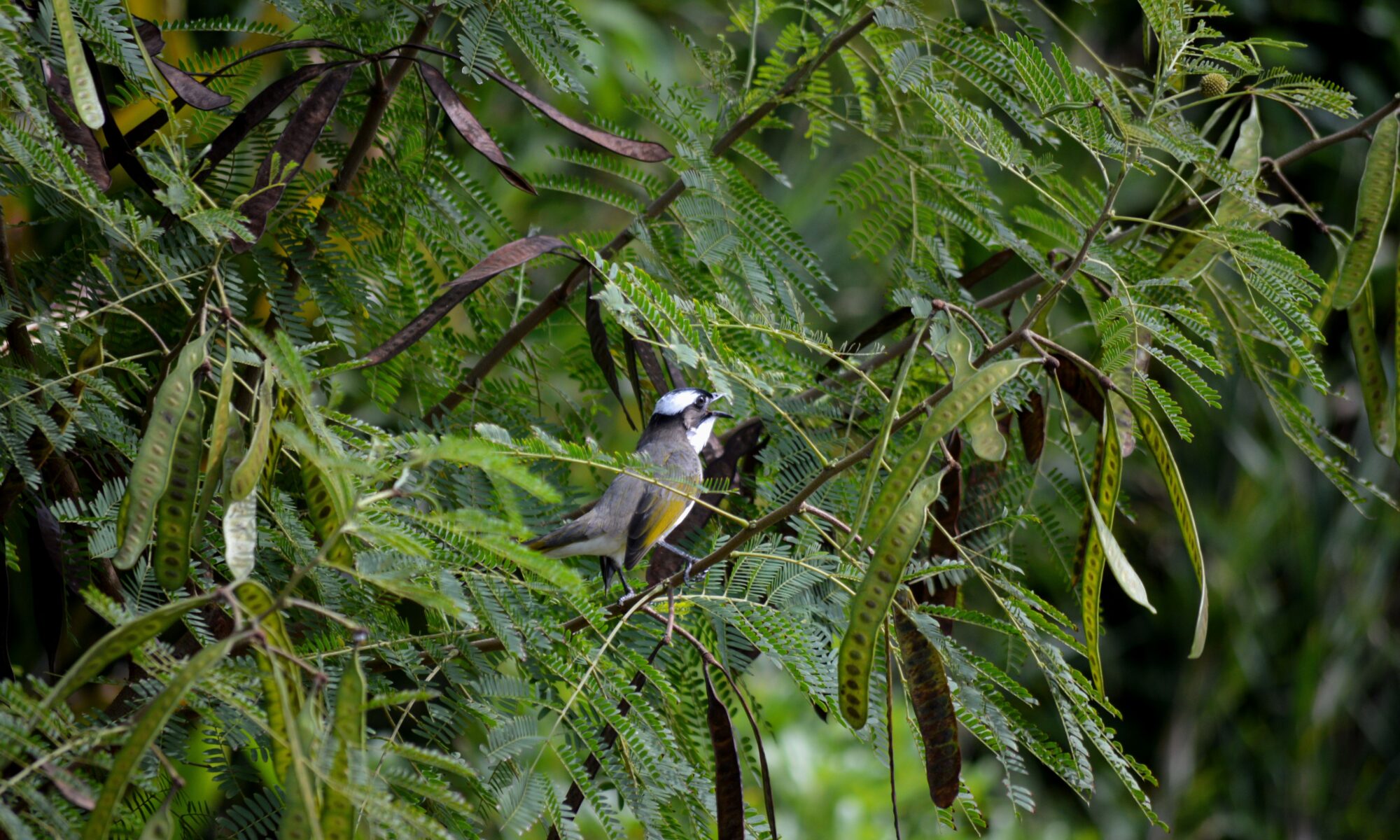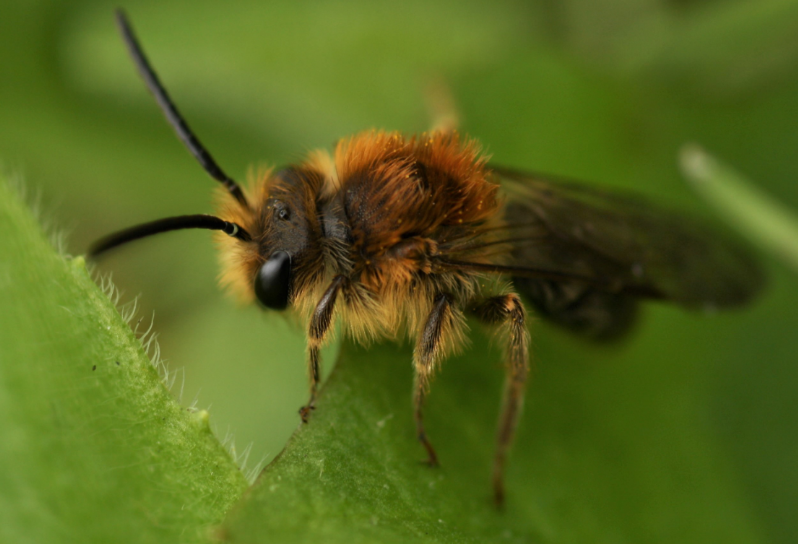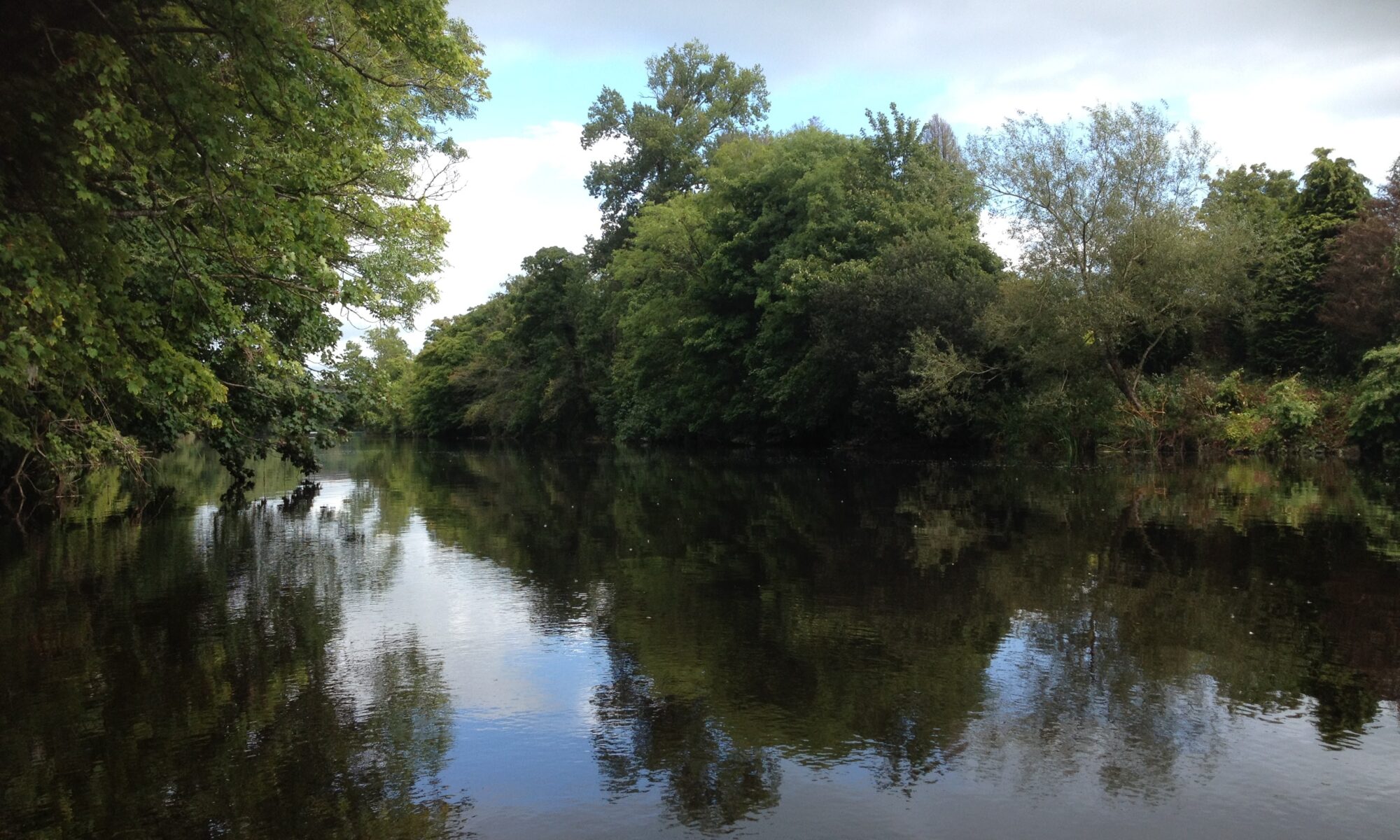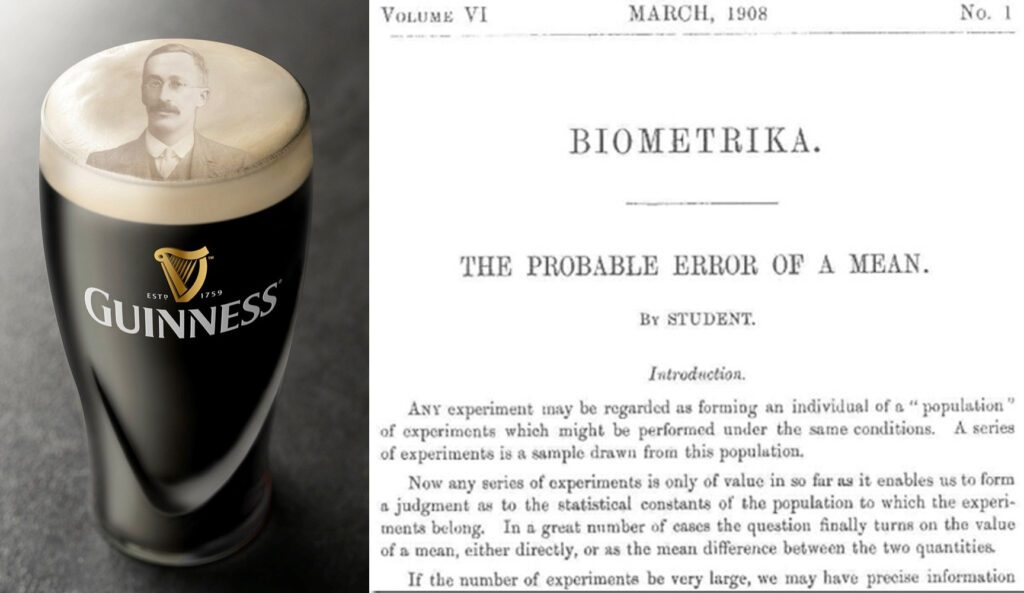
It’s finally here. The day we’ve all been waiting for… It’s World Statistics Day! And I can’t think of a better way to celebrate than writing about a beer-brewing statistician who changed the world through his ingenious statistical inventions and the sublime stout he helped to perfect. Let’s call him “Student” for now.
If you’re trying to compare two groups based on some variable and you use a t-test, then you have “Student” to thank. Maybe you want to compare two species of finches based on their beak sizes. Maybe you want to check if film critics preferred Karl Urban or Sylvester Stallone as Judge Dredd. Or maybe you’ve brewed two beers with slightly different amounts of hops, and you want to know which one tastes best. These questions (and countless more) can be answered with more confidence thanks to “Student”, our brewer-statistician extraordinaire, and his t-test, which for many (if not most) young scientists is the first test learnt to analyse data.
As well as creating a topic that students around the world cover in Stats 101 courses, “Student” also helped to perfect arguably the most perfect beer on the planet. Guinness is sold in over 150 countries around the world and through its classic adverts and futuristic foam faces, it really is a global phenomenon.*
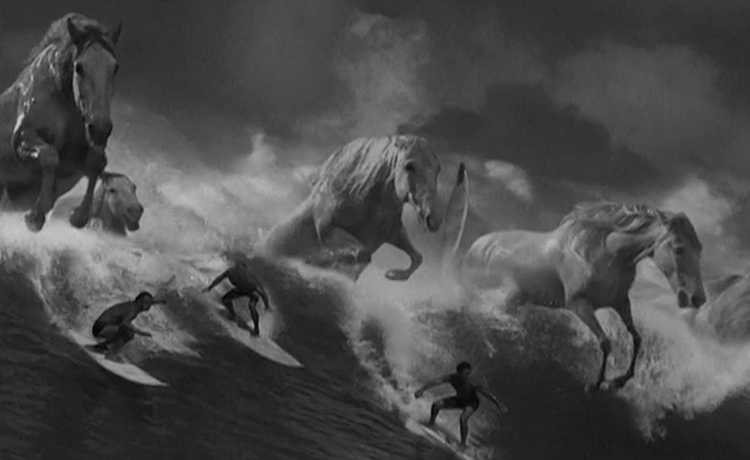
During the early 1900s “Student” was in charge of Guinness’ experimental brewery in Dublin and founded their statistics department. He had to deal with small sample sizes in his experiments due to production costs and wasn’t confident with the statistical approaches at the time. So, instead of using a standard normal distribution to estimate errors, he invented the Student’s t-distribution, which accounts for sample size. This idea led to a “logical revolution” in how we understand data.
How come the vast majority of people who use t-tests don’t even know the creator’s name? Probably because Guinness didn’t let “Student” use his real name when publishing his findings! One story is that Guinness didn’t want their competitors knowing that they had their own statistics department, so Gosset published under a pseudonym, “Student”; now scientists around the world agonise over the p = 0.06 results of their Student’s t-test.
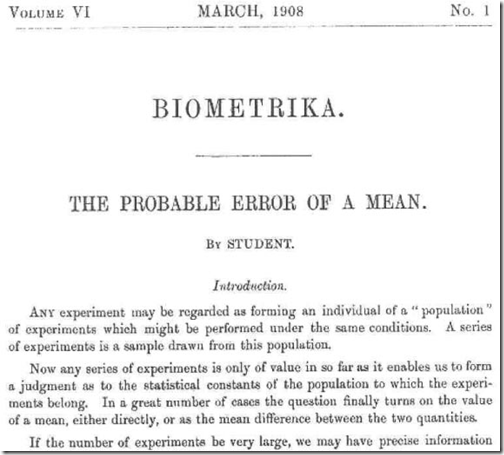
Well today, World Statistics Day, let’s celebrate the brewer-statistician extraordinaire: William Sealy Gosset. In a parallel universe we would compare two groups using the “Gosset t-test”. So let’s all raise a hypothetical pint of a Guinness to this brilliant “Irish”** brewer, who apparently had “more energy and focus than a St. Bernard in a snowstorm”. To Gosset!
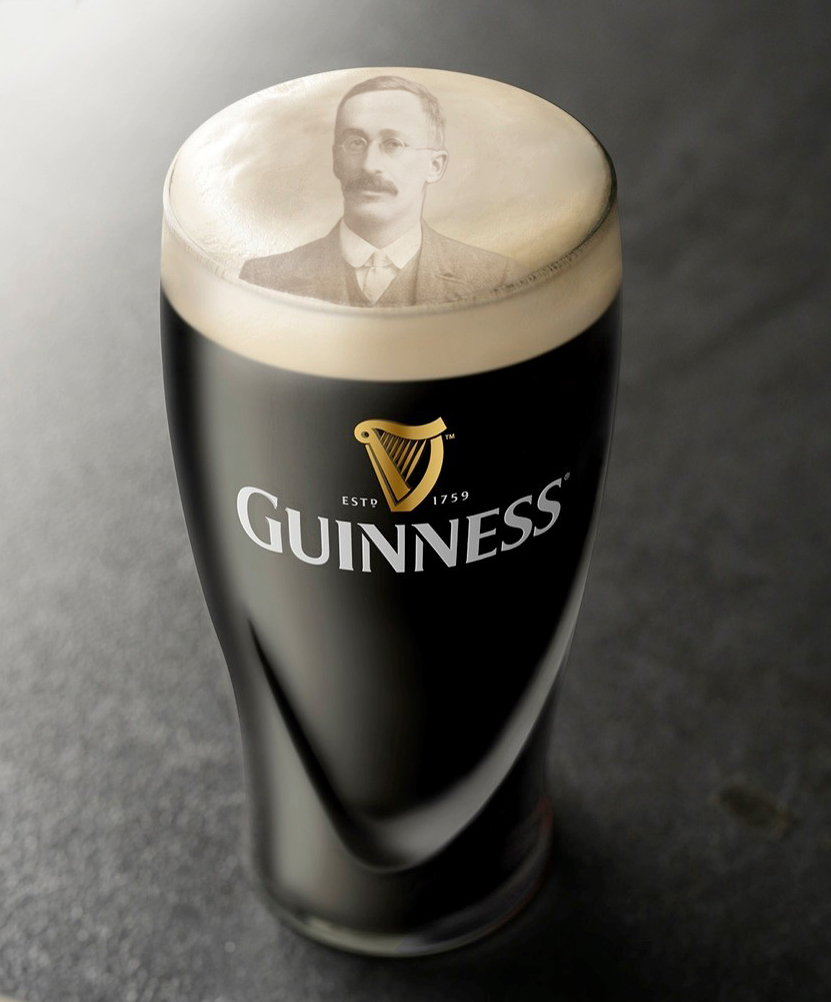
* This blog was not sponsored by Guinness.
** He was actually English but I think improving Guinness grants immediate and retroactive Irish citizenship.

